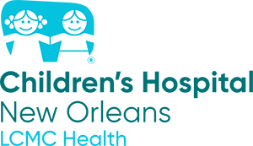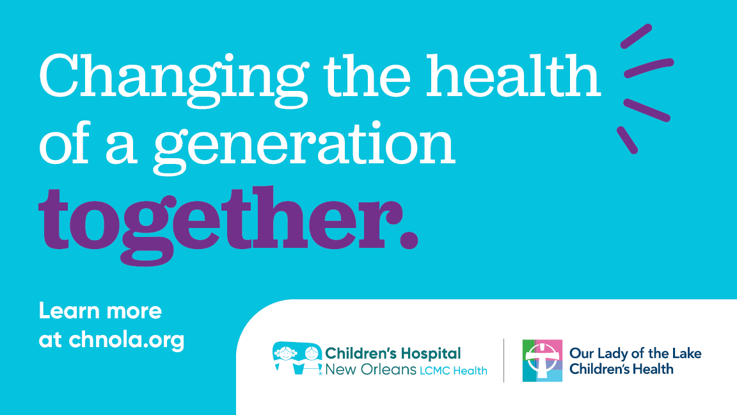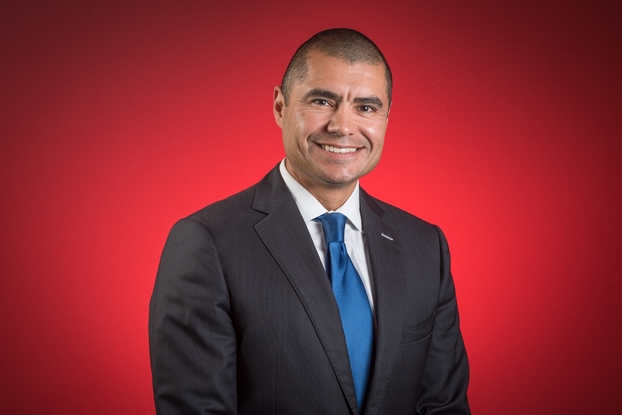Supporting children through a traumatic event – Follow the Six “S” Strategy
- Category: General Health, Living Well, Parenting
- Posted on:
- Written By: Julie B. Kaplow, Ph.D., ABPP --- Executive Director, Trauma and Grief Center at CHNOLA

As caregivers, we are often faced with the difficult challenge of helping our children navigate through traumatic situations. From physical or emotional abuse, domestic violence, sexual abuse, a natural disaster, pandemic, or the death of a parent or caregiver, children experience traumatic events differently depending on their stage of development.
According to the U.S. Department of Health & Human Services, more than two thirds of children reported at least one traumatic event by the age 16. Sadly, these numbers have likely increased with the onset of the pandemic and increases in natural disasters. The good news is that caregivers can play an essential role in helping their children to heal and recover after a trauma.
Based on existing research and clinical work in childhood trauma, a caregiver can help a child through a traumatic experience by remembering the Six “S’s”:
Safety and security
- Make sure children are aware of what the adults are doing in their lives to protect them.
- Give children choices to help them feel empowered and alleviate anxiety.
Simple language
- Use age-appropriate language that they can understand.
- Let your child guide the conversation so they can take in as much information as they need.
Supervision
- Monitor the type and quantity of information your child is receiving through media outlets and keep it to a minimum if possible.
- If possible, watch the news with them and be there to answer any questions they may have.
Structure
- Have a familiar routine or structure to their day.
- Create schedules together with your children so they know what to expect on a daily basis.
Social support
- Help kids find ways of connecting with friends either in person or virtually.
- for adolescents in particular, help them to identify at least one person who they feel comfortable talking to, even if it’s not their own parent.
Self-care
- Caregivers can only support their children effectively if they have enough support themselves.
- Caregivers own self-care (e.g., eating nutritious food, getting enough sleep and exercise, creating space for “me time”) is an essential part of ensuring that children are receiving the support they need.
Signs of trauma by age
Knowing how to help your child navigate a trauma is as equally important as identifying the trauma in the first place. Below are a few signs to look for based on the age of your child.
Ages 3 – 5
Preschool-aged children are extremely attuned to their parents’ reactions. Often, their anxiety is a reflection of what they’re seeing in their caregivers.
Signs:
- Developmental regressions like eating, speaking and toileting
- Increased in oppositional behavior and temper tantrums or excess crying
- Afraid to go into certain rooms by themselves or sleep alone.
Ages 6 – 10
School-aged children will also take their cues from their environment. Often caregivers will try to protect their school-aged children by not talking about the traumatic event. However, children may feel invalidated or ignored if the trauma is not discussed openly.
Signs:
- Difficulty sleeping and increased nightmares
- Increased aggression or irritability
- Complaints of headaches or stomach aches
- Increased clinginess toward their caregivers
- New fears that hadn’t manifested before (such as being afraid of the dark or loud noises)
Ages 11 – 18
Trauma can lead to more destructive and unsafe behaviors in adolescents – from self-medicating to creating a dangerous cycle of violence.
Signs:
- Lethargy or apathy
- Social withdrawal
- Difficulty sleeping
- Changes to eating habits
- Irritability and increased moodiness
- Hopelessness about the future
Through the behavioral health program at Children's Hospital New Orleans, our physicians and staff can help you navigate these issues with your child. Our team of professionals provides evidence-based management for a range of challenges facing children, adolescents and their families. Our program is focused on teaching and empowering patients to develop healthy life skills to improve their current function and future quality of life. Children's Hospital will soon have a dedicated Trauma and Grief Center within Behavioral Health to better serve the needs of traumatized and grieving youth. For more advice on how to help your child or loved one through a trauma, please contact us at Children’s Hospital New Orleans Behavioral Health Center at https://behavioralhealth.chnola.org/.



